Bromeliads are from a family of monocot flowering plants of about 80 genera and 3700 known species, native mainly to the neotropics with several species found in the American subtropics and one in tropical west Africa (Pitcairnia feliciana).
Bromeliads are mostly herbaceous perennials, although a few have a more tree-like habit. Many are succulent or have other adaptations to resist drought. They may be terrestrial or epiphytic, rarely climbing (e.g. Pitcairnia species). Some species of Tillandsia (e.g. Spanish moss, Tillandsia usneoides) are aerophytes, and have very reduced root systems and absorb water directly from the air. Many terrestrial and epiphytic bromeliads have their leaves in the form of vase-shaped rosettes which accumulate water. Individual leaves are not divided and have parallel veins without cross connections. The epidermis of the leaf contains silica. Bromeliad flowers are aggregated into inflorescences of various forms. The flowers have bracts, that are often brightly coloured, and distinct calyces of three sepals and corollas of three petals. The flowers have nectaries and are pollinated by insects, birds (usually hummingbirds) or bats, or more rarely (in Navia) wind-pollinated. Fruits are variable, typically taking the form of a capsule or a berry.
Bromeliads can live in an array of environmental conditions due to their many adaptations. Trichomes, in the form of scales or hairs, allow aerophytic bromeliads to capture water in cloud forests and help to reflect sunlight in desert environments. Bromeliads with leaf vases can capture water and nutrients in the absence of a well-developed root system. Many bromeliads also use crassulacean acid metabolism (CAM) photosynthesis to create sugars. This adaptation allows bromeliads in hot or dry climates to open their stomata at night rather than during the day, which reduces water loss. Both CAM and epiphytism have evolved multiple times within the family, with some taxa reverting to C3 photosynthesis as they radiated into less arid climates.
Source: Wikipedia
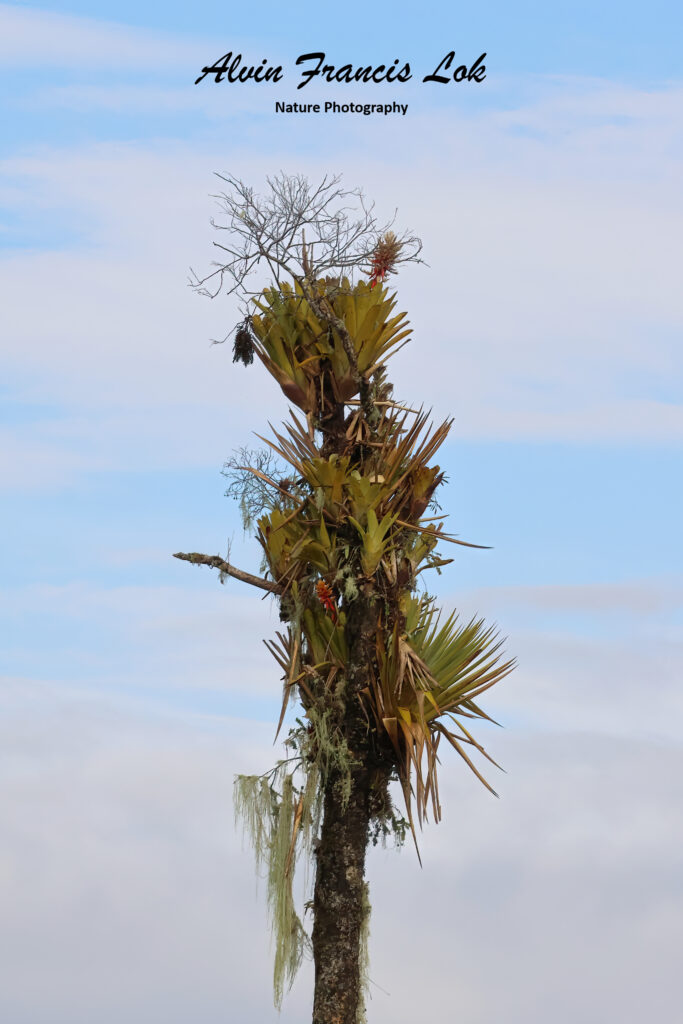
(Sumaco, Ecuador)

(Sumaco, Ecuador)
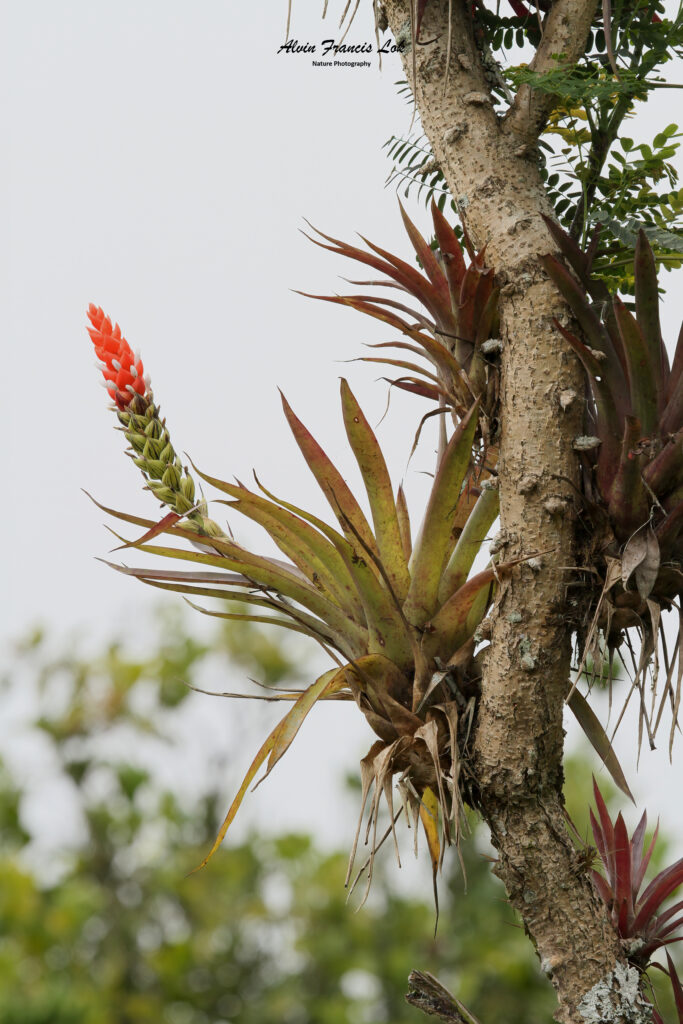
(Tandayapa, Ecuador)
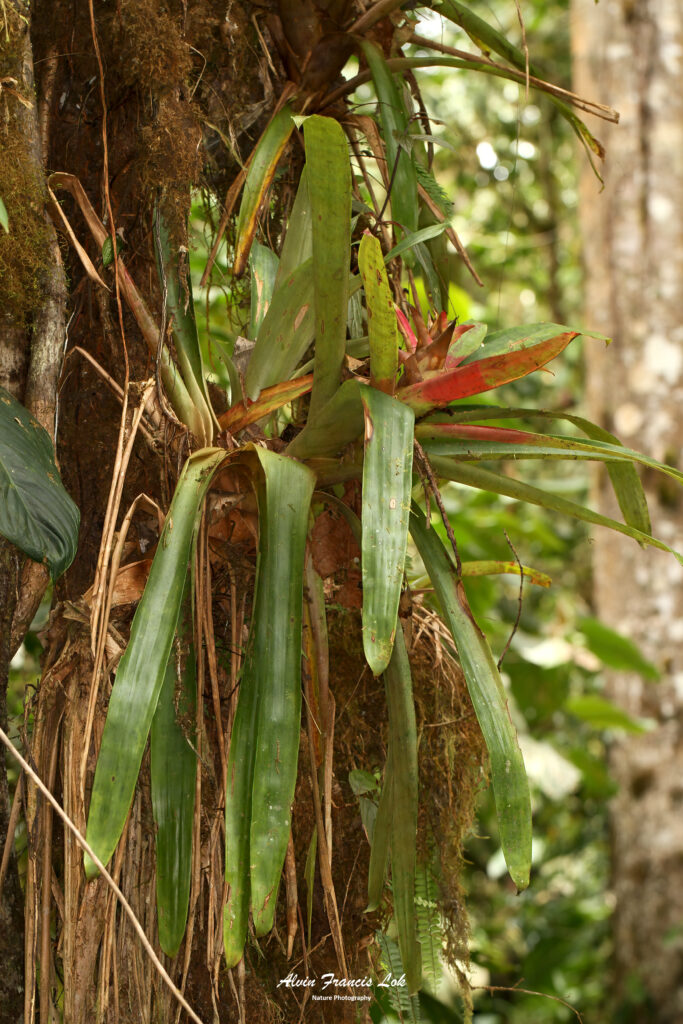
(Tandayapa, Ecuador)
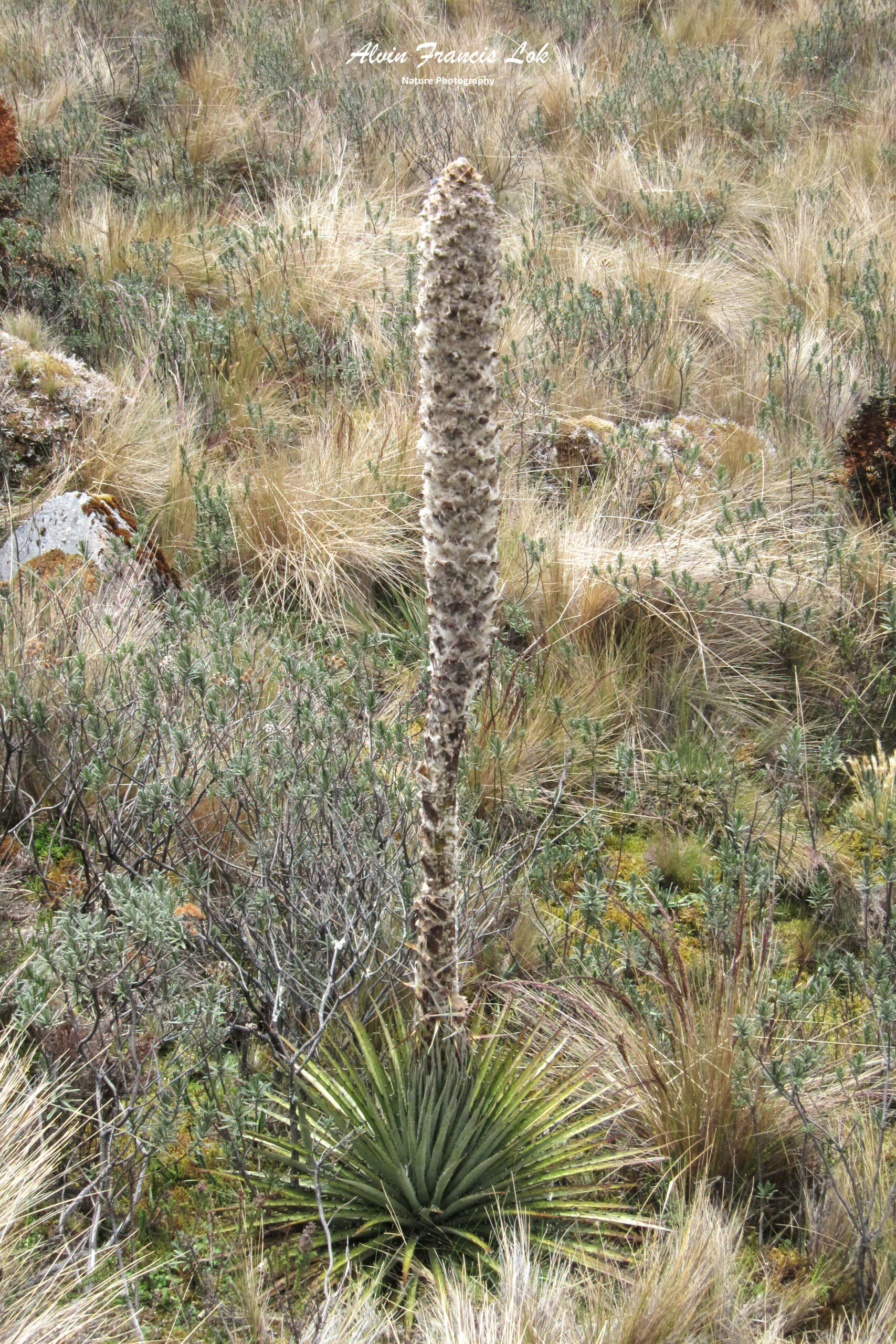
(Antisana, Ecuador)
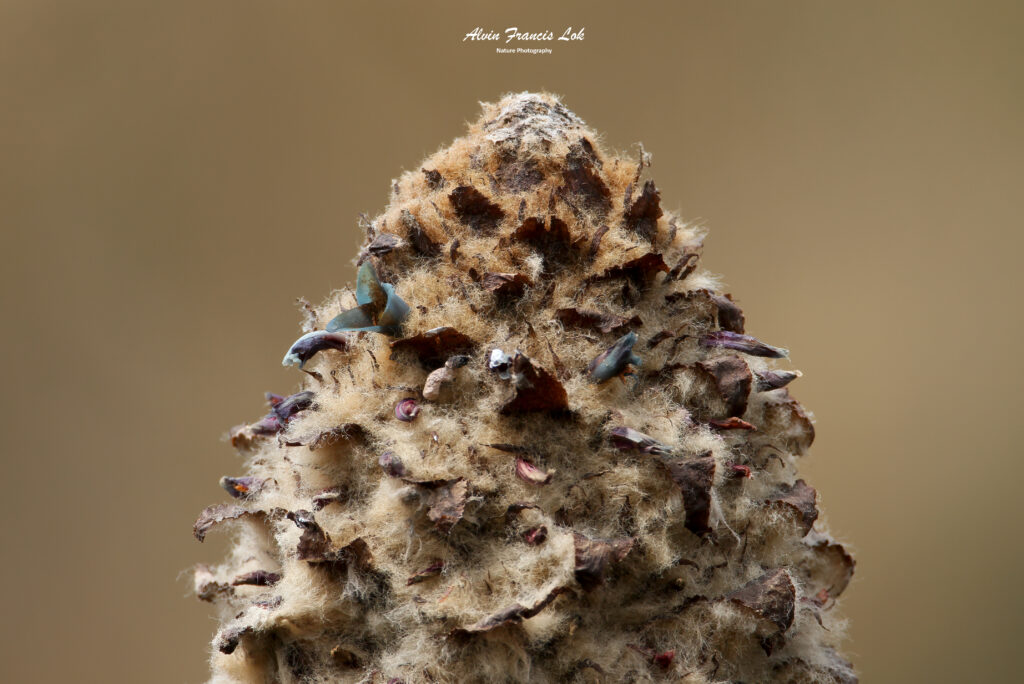
(Antisana, Ecuador)
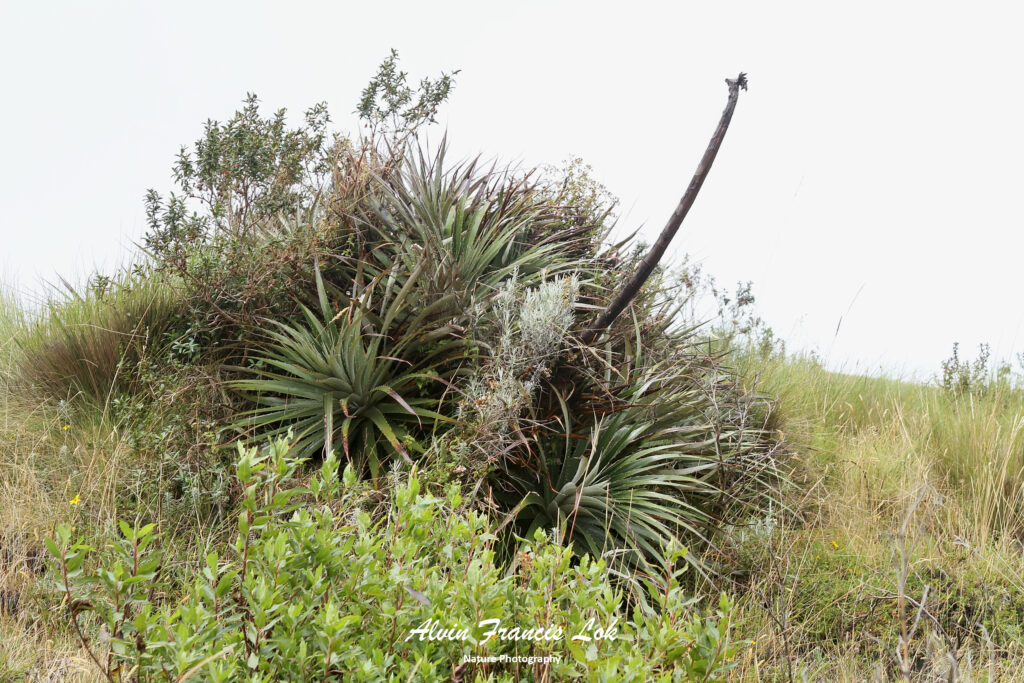
(Antisana, Ecuador)
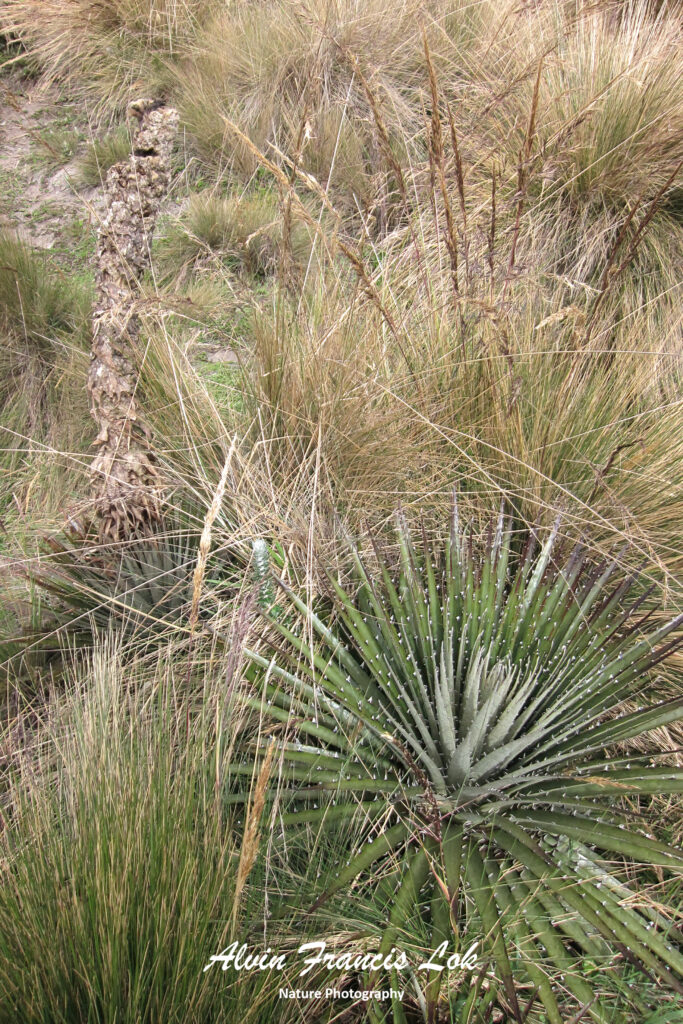
(Antisana, Ecuador)
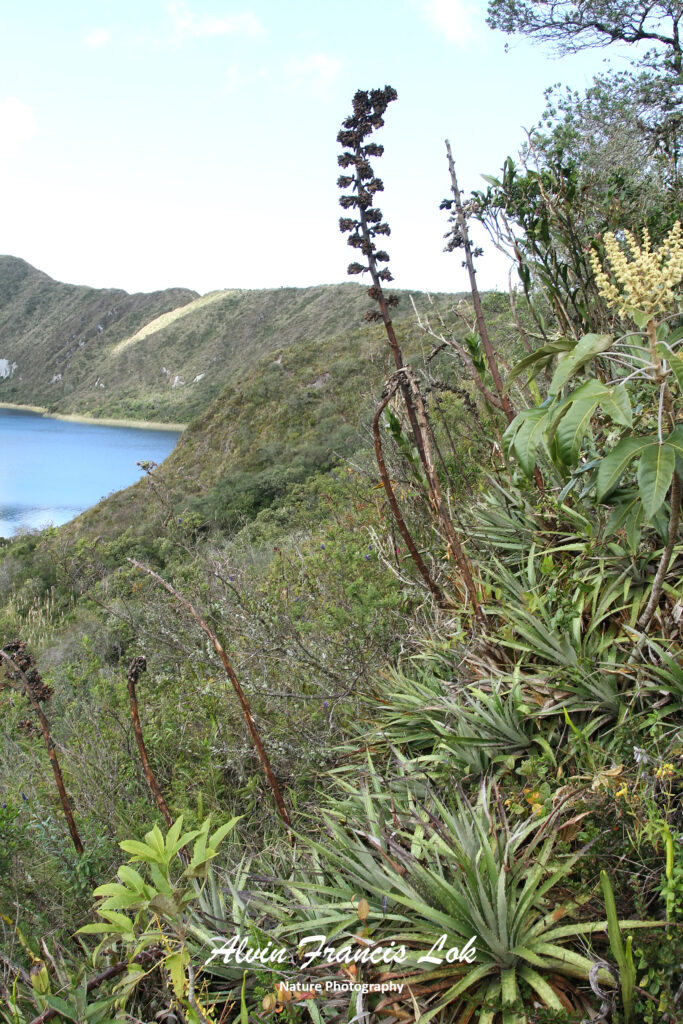
(Otavalo, Ecuador)
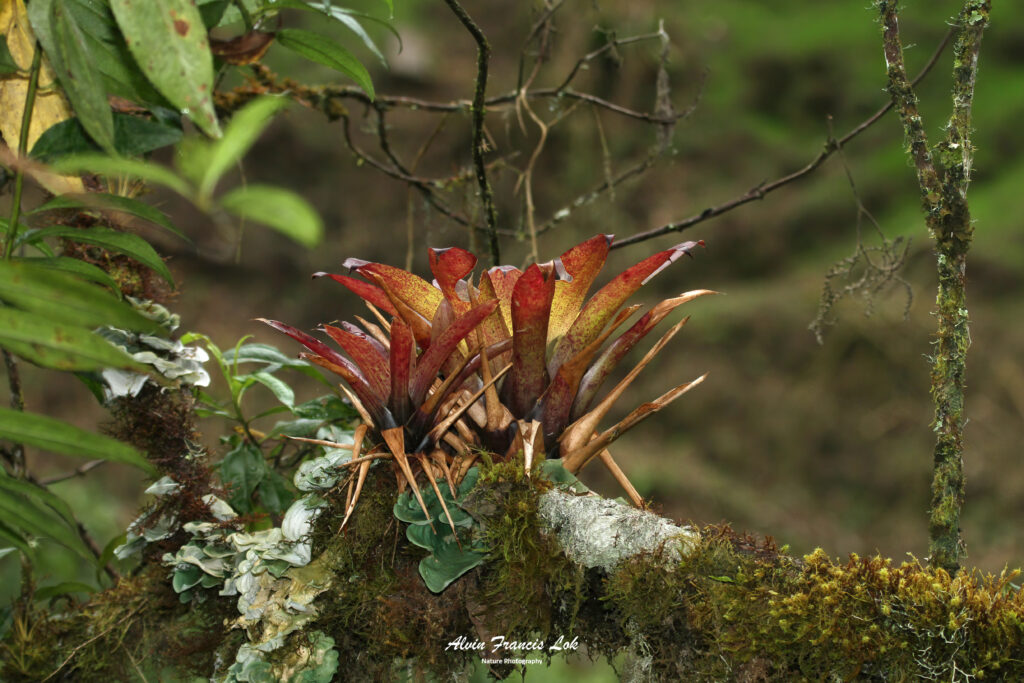
(Tandayapa, Ecuador)
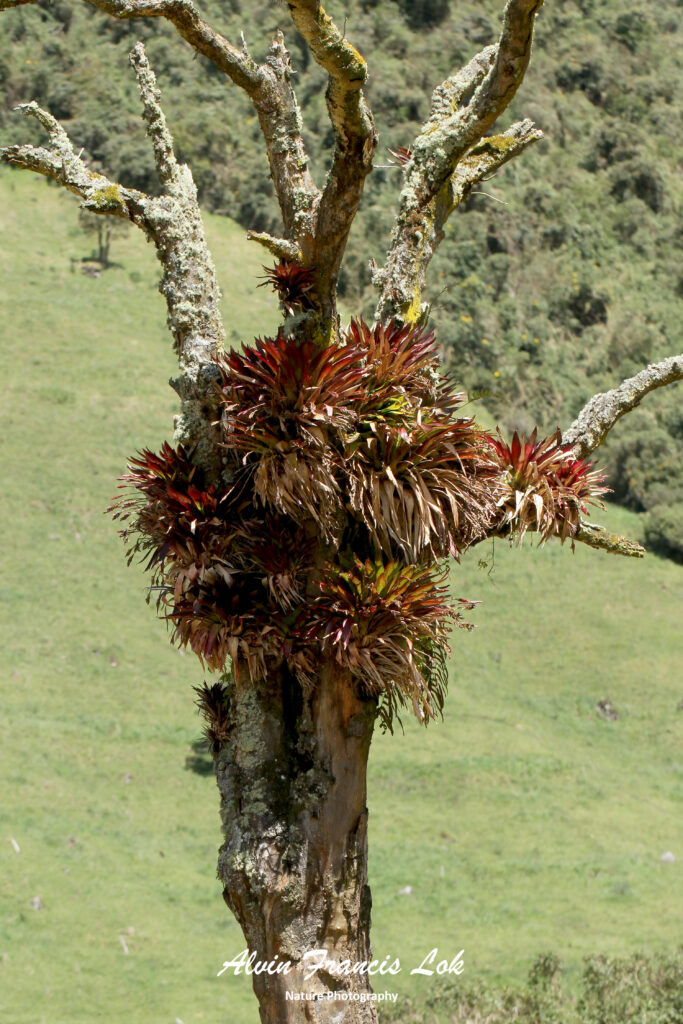
(San Isidro, Ecuador)
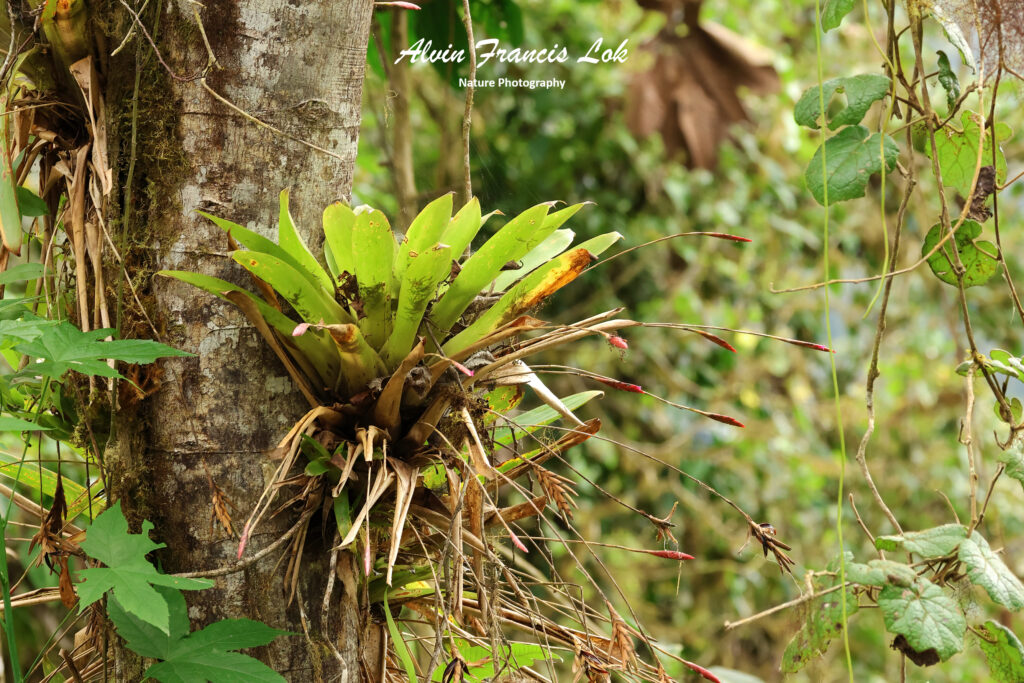
(Tandayapa, Ecuador)
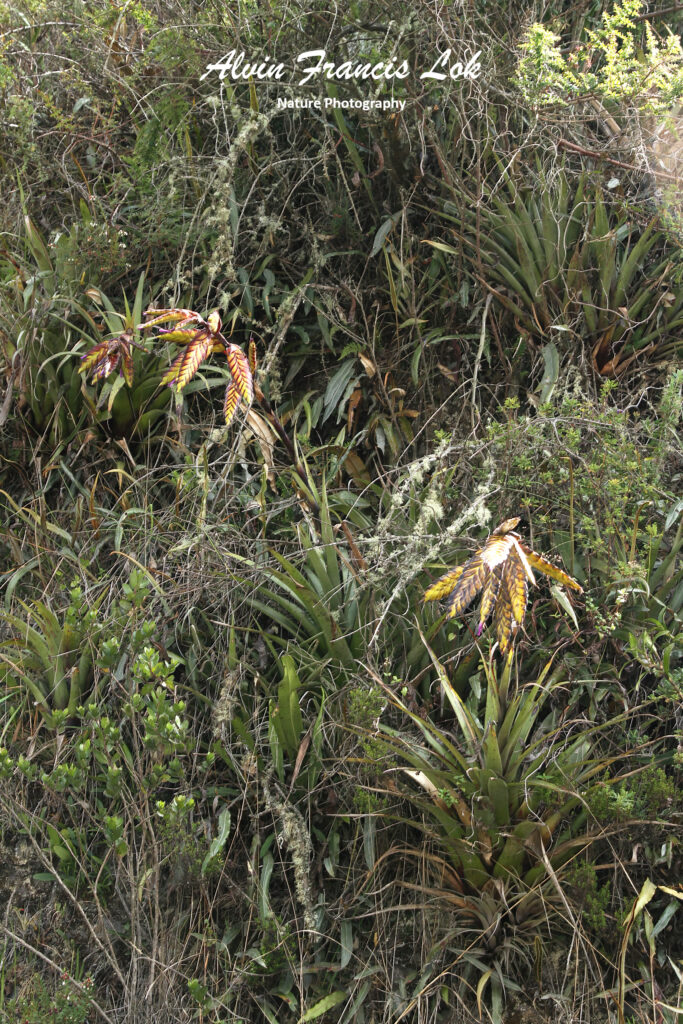
(Otavalo, Ecuador)
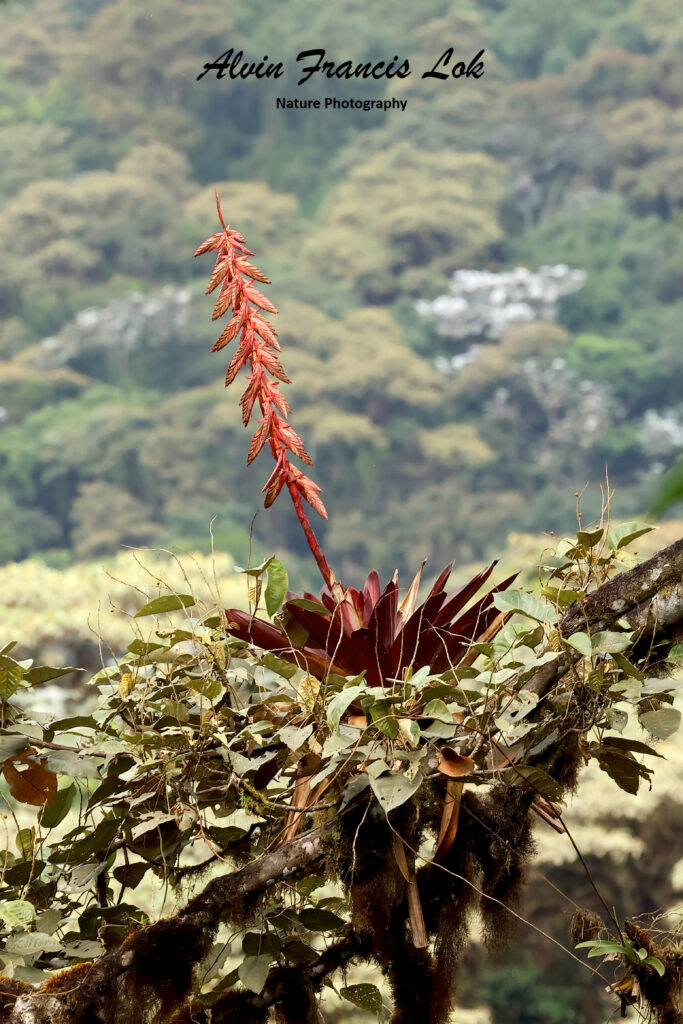
(Tandayapa, Ecuador)
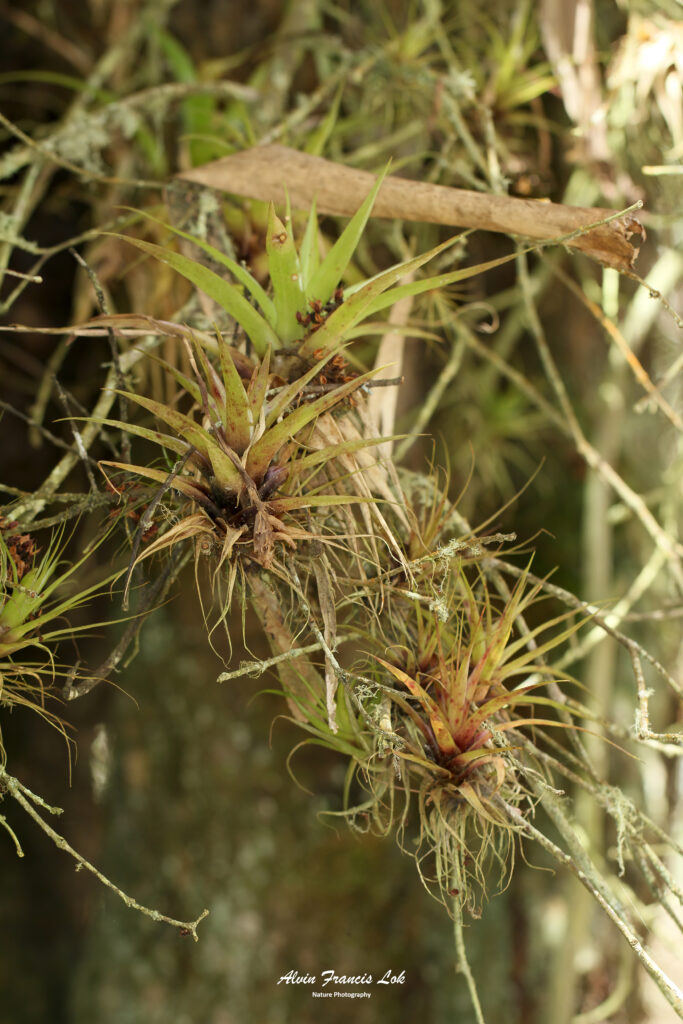
(Tandayapa, Ecuador)
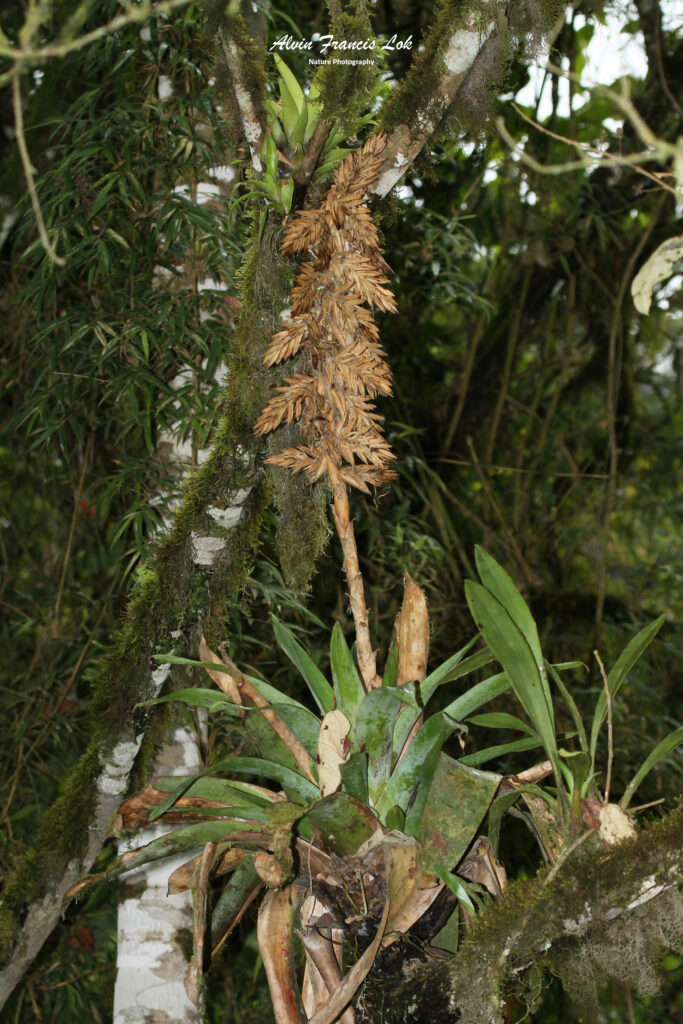
(San Isidro, Ecuador)
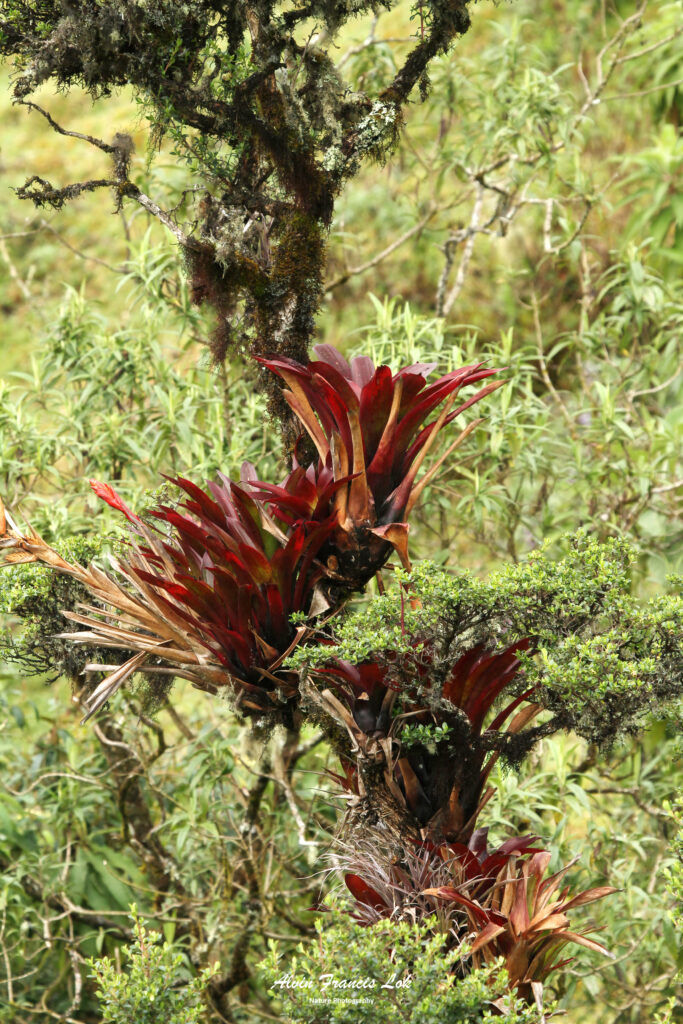
(Tandayapa, Ecuador)
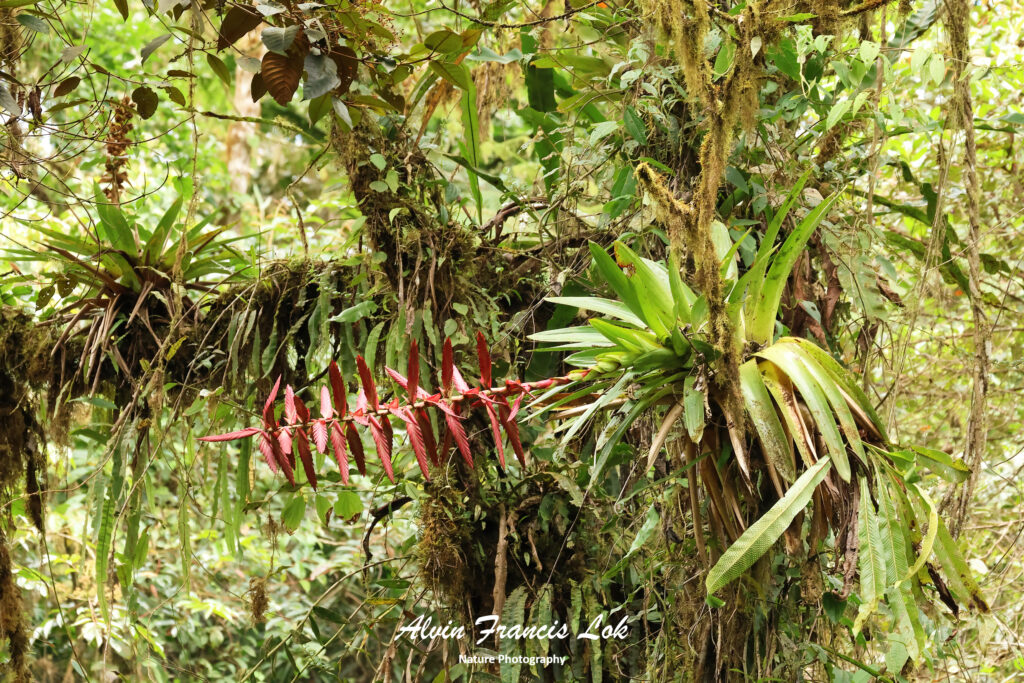
(Tandayapa, Ecuador)
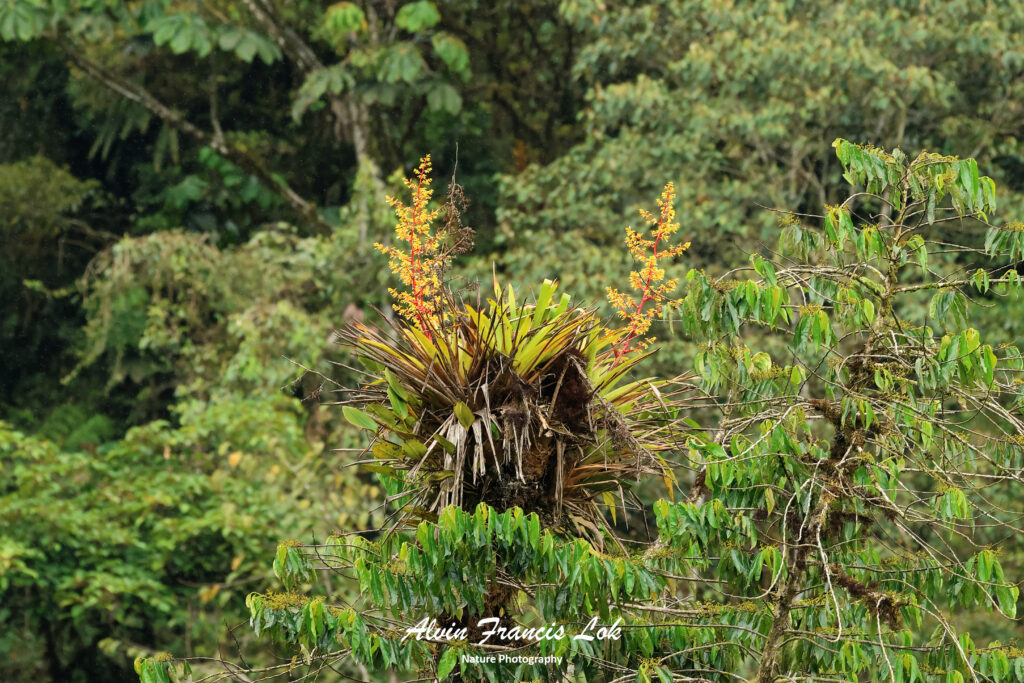
(Napo, Ecuador)

(Tandayapa, Ecuador)
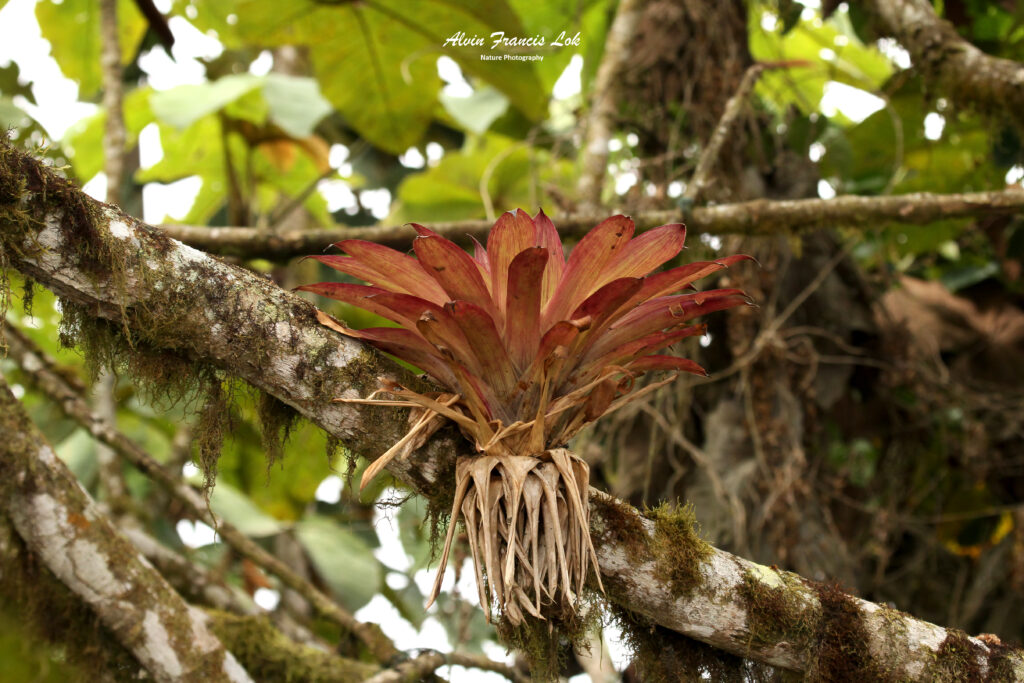
(Tandayapa, Ecuador)
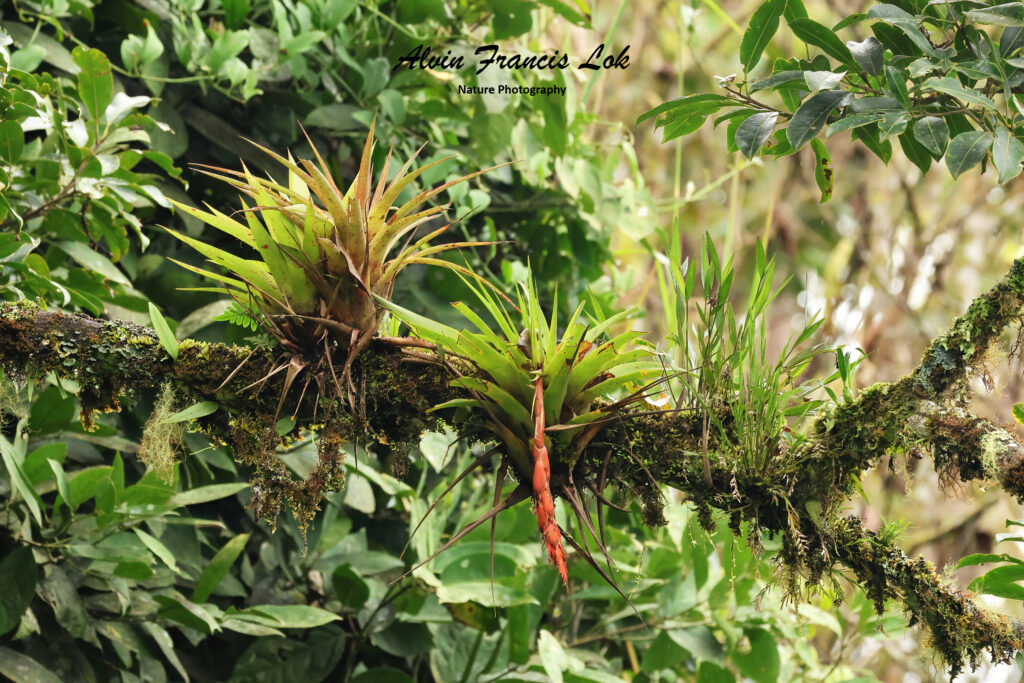
(Sumaco, Ecuador)